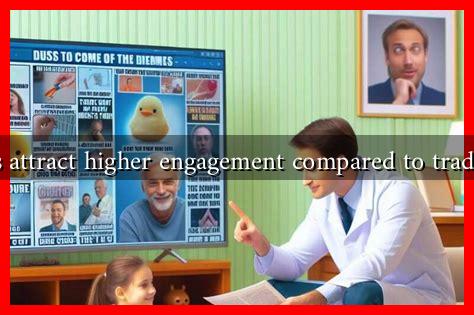-
Table of Contents
Why Do Memes Attract Higher Engagement Compared to Traditional Content?
In the digital age, memes have emerged as a dominant form of communication, particularly on social media platforms. Their ability to convey complex ideas in a simple, humorous format has made them a favorite among users. But what is it about memes that leads to higher engagement compared to traditional content? This article explores the psychological, cultural, and technological factors that contribute to the meme phenomenon.
The Psychology Behind Memes
Memes tap into fundamental aspects of human psychology, making them highly engaging. Here are some psychological factors that contribute to their success:
- Relatability: Memes often reflect shared experiences or emotions, allowing users to connect with the content on a personal level. For instance, a meme about the struggles of working from home resonates with many during the pandemic.
- Humor: Laughter is a powerful engagement tool. Memes often use humor to convey messages, making them more enjoyable and shareable. A study by the University of California found that humorous content is more likely to be shared than serious content.
- Instant Gratification: Memes deliver quick, digestible content that caters to the short attention spans of modern audiences. In a world where users scroll through feeds rapidly, memes provide immediate entertainment.
Cultural Relevance and Trends
Memes are often at the forefront of cultural trends, making them timely and relevant. This cultural relevance plays a significant role in their engagement levels:
- Timeliness: Memes can quickly adapt to current events, making them highly shareable. For example, during major events like the Super Bowl or political elections, memes related to these topics often go viral.
- Community Building: Memes foster a sense of belonging among users. Communities often rally around specific memes, creating a shared language that enhances engagement. For instance, the “Distracted Boyfriend” meme became a staple in various online communities, each adding their unique twist.
- Virality: The shareable nature of memes allows them to spread rapidly across platforms. According to a study by the Pew Research Center, 55% of U.S. adults have shared a meme, highlighting their widespread appeal.
Technological Factors Enhancing Meme Engagement
The rise of social media and mobile technology has also played a crucial role in the popularity of memes. Here are some technological factors that enhance engagement:
- Visual Appeal: Memes are primarily visual, combining images and text in a way that captures attention. Platforms like Instagram and TikTok, which prioritize visual content, have further propelled meme culture.
- Easy Creation and Sharing: Tools and apps that allow users to create and share memes easily have democratized meme-making. Websites like Imgflip and Canva enable users to generate memes without any graphic design skills.
- Algorithmic Boost: Social media algorithms often favor engaging content. Memes, due to their shareability and interaction rates, are more likely to be promoted in users’ feeds, leading to even higher engagement.
Case Studies: Memes in Action
Several brands have successfully leveraged memes to boost engagement. For example:
- Wendy’s: The fast-food chain has gained notoriety for its witty and meme-like responses on Twitter, leading to increased brand engagement and a loyal following.
- Netflix: The streaming giant often uses memes to promote its shows, creating relatable content that resonates with its audience and encourages sharing.
These examples illustrate how brands can harness the power of memes to connect with their audience in a meaningful way.
Conclusion
Memes have become a powerful tool for engagement in the digital landscape, outpacing traditional content in many ways. Their relatability, humor, and cultural relevance, combined with technological advancements, create a perfect storm for high engagement. As brands and individuals continue to navigate the complexities of online communication, understanding the mechanics behind meme culture will be essential for effective engagement strategies.
In summary, the unique attributes of memes—psychological appeal, cultural relevance, and technological facilitation—make them a compelling choice for content creators looking to enhance engagement. As we move forward in an increasingly digital world, the meme will likely remain a staple of online interaction.
For further reading on the impact of memes in digital marketing, check out this HubSpot article.

